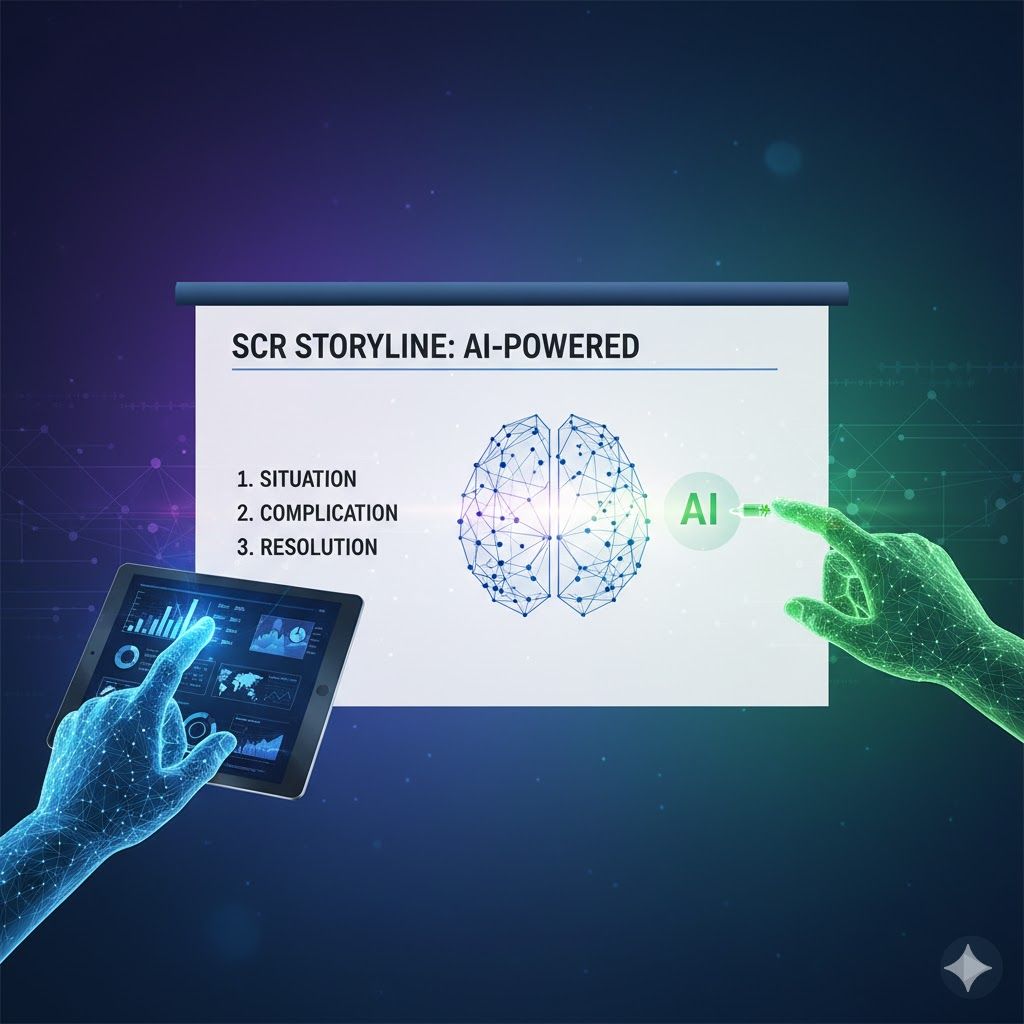Beyond Expectations… Make It Memorable!

Why creating memorable customer experiences goes a long way
When Starbucks instructed its baristas to start asking customers for their names, – so that they could be written on the cups – it sounded like a peculiar policy. Nevertheless, it’s a trend that’s stuck.
In the United Kingdom at least, we prefer our shopping trips to come with minimal fuss, and interacting with strangers who want to know your name feels, at best, rather suspect. But with its innovative policy, Starbucks tapped into a fundamental element of human psychology.
To quickly establish rapport, communication experts and coaches will tell you to use a person’s name often (without overdoing it) in conversation. Why? Because we all like the sound of our own name. Even when we’re zoned out during a conversation, whenever we hear our name, we snap back to attention.
We are more inclined to feel positively towards people (and brands) who use our name, especially when they use it in conjunction with say, a much-needed caffeine hit on a Monday morning.
The Feel Good Factor
Starbucks’ method of personalising people’s coffees, as well as providing a relaxed environment, adds to the overall customer experience.
People don’t necessarily buy Starbucks coffee because they’ve carefully concluded it’s the best coffee – they buy into the brand primarily because Starbucks creates an experience designed to make the customer feel good in general about the half-hour or so they spend in the store.
Another example of creating exceptional experience is Apple’s retail stores – the most profitable stores in the world.
Store designs and the products within – for which people queue up for hours upon release – are surely part of the success story. But Apple is a company that’s obsessed with creating memorable experiences for its customers.
Apple’s credo mentions nothing about selling stuff. Rather, it centres on people, “We are at our best when we deliver enriching experiences.”
The company creates a holistic environment that’s built to enhance experience and go beyond expectations. From truly inspired employees to continually satisfied customers, Apple has cultivated a loyalty so strong that one or two customers have been seen with the Apple logo shaved into their hair.
Like Starbucks, Apple understands the importance of tapping into human psychology in order to establish the best possible connection with its customers.
From personalised greetings, taking the time to understand the customer’s needs, and truly connecting with everyone who walks through the door, Apple’s credo is routinely fulfilled – which explains why its stores get, on average, 20,000 visitors per week and draws in over USD 5,000 profit… per square foot.
In both of these examples, there are clear approaches to delivering a great customer experience, which are all built upon a foundation of building a connection, rather than selling products.
Let’s take a look at some of those key approaches:
Personalisation
As a student, I had a job in a supermarket where everyone was trained to give the same greeting and ask the same questions at the beginning of every interaction with each customer.
The idea was that every customer should be treated the same. But when you repeat the same thing hundreds of times every day, it inevitably sounds robotic. Companies like Starbucks and Apple know the importance of personalisation – we all want to feel unique and special, particularly when parting with our hard-earned money. Adding a personal touch to our communication sends a clear message that a person is important and worthy of our time.
Environment
When you walk into an Apple store, you find yourself in a bright, minimalistic, open space. You feel relaxed because there’s room to move around, and the positive vibe that comes from the warm and friendly staff makes it an easy place to hang around for a while and peruse what’s on offer.
It can sometimes feel a bit deflating to leave an Apple store, and this can reinforce a sense of brand loyalty as we try to make sense of why it just feels good to be in an Apple store.

Customer is King
Business leaders have paid great lip-service to this concept for decades, but companies who offer great experiences go way beyond ‘no-quibble refunds’. In Starbucks, if a coffee isn’t quite up to the customer’s standards, the baristas are happy to offer another on the house.
The coffee giant goes way beyond expectations in its customer service in striving to ensure it stays ahead of the competition.
Customers can even submit their product ideas or suggest store or process changes through a website dedicated solely to taking customers’ suggestions on board.
People before Products
You can have the best products in the world to sell, but they’re useless if there are no customers to buy what you have to offer.
Both Apple and Starbucks are consistent in their efforts to think from the customer’s perspective in terms of what kind of experience would make them want to buy into the brand – and they work to make it happen. Where many organisations come from a selling point of view, the best companies appear to make selling a secondary consideration… because, for them, that’s exactly what selling is.
When companies look to create experiences for its customers, people will be only too happy to keep coming back for more – an approach that helped transform two companies into multi-billion dollar global giants.

Sandy is quite particular about customer service, and suspects this comes from his time spending hours on busy weekends behind a counter trying to juggle countless demands from enthusiastic customers. To connect with Sandy, email editor@leaderonomics.com.
Functional
This article is published by the editors of Leaderonomics.com with the consent of the guest author.





